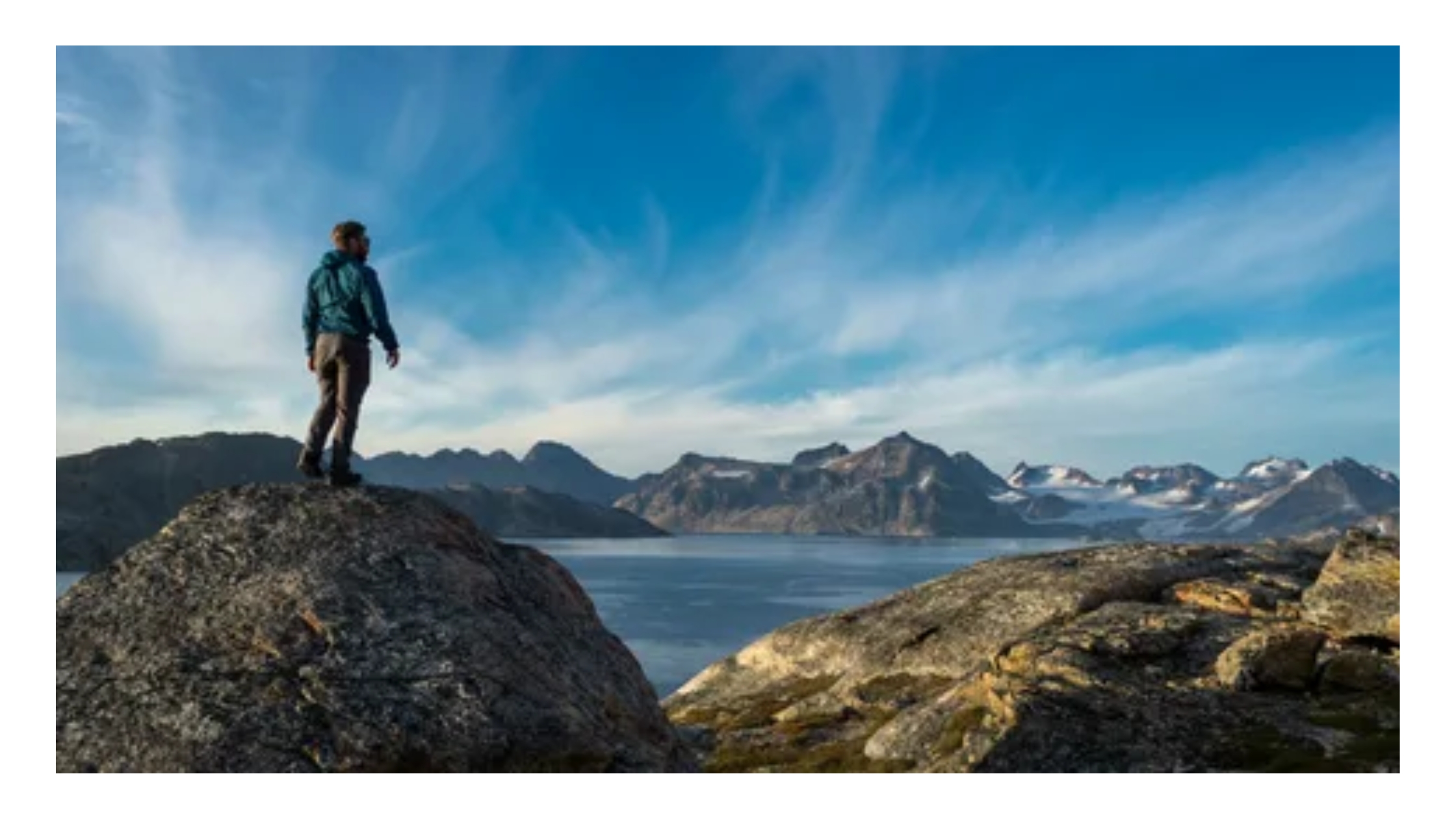In a world where everything moves fast, travel is starting to slow down. The trend of slow travel is gaining popularity, and it’s easy to see why. Unlike traditional travel, where the goal is to see as many places as possible in a short time, slow travel encourages staying in one place for longer and truly immersing yourself in the local culture. This approach allows travellers to connect more deeply with their surroundings, leading to more meaningful and enriching experiences.
What Is Slow Travel?
Slow travel is all about quality over quantity. Instead of rushing from one tourist spot to another, slow travellers take the time to explore a destination at their own pace. This could mean spending several weeks in a single city, getting to know the locals, learning the language, or discovering hidden gems that are often overlooked by tourists.
The idea behind slow travel is to live like a local, rather than just visit as a tourist. It’s about forming a connection with the place you’re visiting, understanding its culture, and appreciating the small details that make it unique. Whether it’s enjoying a leisurely coffee at a local café, attending a community event, or simply wandering through neighbourhoods, slow travel allows for a deeper, more authentic experience.
Why Slow Travel Is Becoming Popular
There are several reasons why slow travel is on the rise:
- Sustainable Travel: Slow travel often involves staying in one place for an extended period, which reduces the environmental impact of frequent flights and transportation. By choosing local accommodations, eating at locally-owned restaurants, and supporting local businesses, slow travellers contribute to the sustainability of the communities they visit.
- Authentic Experiences: Travelers are increasingly seeking authentic experiences that go beyond the typical tourist attractions. Slow travel offers the opportunity to live like a local, learn about the culture, and build genuine connections with people.
- Stress-Free Travel: Fast-paced travel can be exhausting. Constantly moving from one place to another can lead to burnout, making it difficult to fully enjoy the trip. Slow travel, on the other hand, is more relaxing and allows for a more enjoyable and fulfilling experience.
- Personal Growth: Spending an extended period in a new place can be a transformative experience. It allows travelers to step out of their comfort zones, develop new skills, and gain a deeper understanding of different cultures.
How to Embrace Slow Travel
If you’re interested in trying slow travel, here are some tips to get started:
- Choose Your Destination Wisely: Pick a place that interests you and has a lot to offer. It could be a bustling city, a quaint village, or a scenic countryside. The key is to choose a destination where you can stay for an extended period and fully immerse yourself.
- Stay in Local Accommodations: Consider staying in a rental apartment, a guesthouse, or a homestay rather than a hotel. This will give you a more authentic experience and allow you to live like a local.
- Get Involved in the Community: Participate in local events, volunteer, or take a class to learn something new. Engaging with the community will help you connect with the culture and make your experience more meaningful.
- Explore Beyond the Tourist Spots: Don’t just stick to the well-known attractions. Take the time to explore lesser-known areas, talk to locals, and discover hidden gems that are off the beaten path.
- Travel Light: Since you’ll be staying in one place for a longer time, pack only what you need. Travelling light makes it easier to move around and focus on the experience rather than the logistics.
Benefits of Slow Travel
Slow travel offers numerous benefits that make it an appealing option for modern travellers:
- Deeper Cultural Understanding: By spending more time in one place, you gain a deeper understanding of the local culture, traditions, and way of life. This leads to a richer and more fulfilling travel experience.
- Environmental Impact: Slow travel is more environmentally friendly as it reduces the carbon footprint associated with frequent flights and transportation.
- Cost-Effective: Staying in one place for an extended period can be more affordable than moving from one destination to another. You can take advantage of long-term rental rates and avoid the costs associated with frequent travel.
- Less Stress: With slow travel, there’s no need to rush. You can take your time, relax, and enjoy the journey without the pressure of sticking to a tight schedule.
- Stronger Connections: Slow travel allows you to build lasting relationships with locals and other travellers. These connections can enhance your experience and provide valuable insights into the culture.
Conclusion
Slow travel is more than just a trend; it’s a shift in the way people approach their journeys. By focusing on quality over quantity, slow travellers can create deeper connections, enjoy richer experiences, and travel more sustainably. Whether you’re planning your next trip or simply looking to explore new travel styles, slow travel offers a refreshing alternative to the fast-paced nature of modern life. So, why not slow down and savour the journey?




